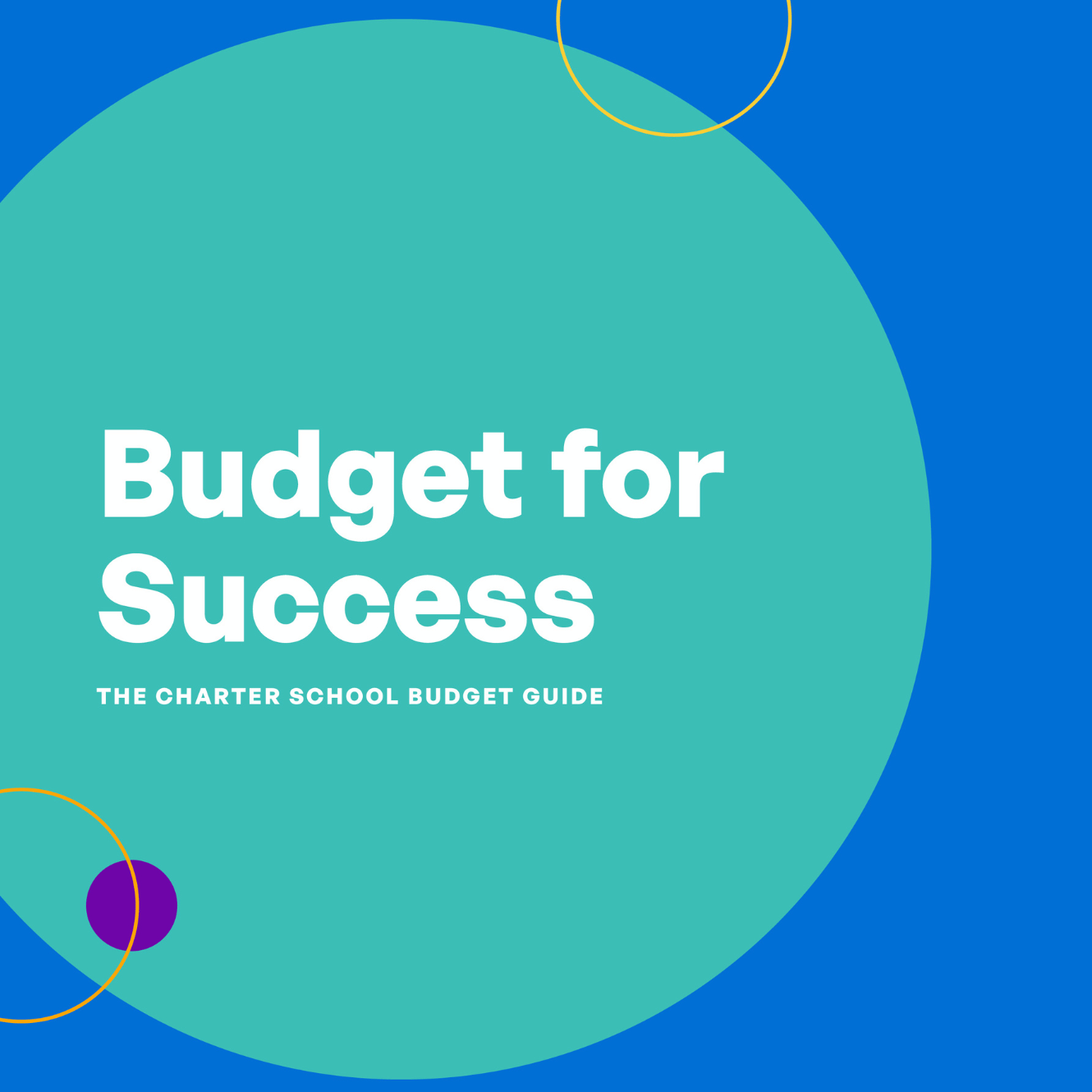Effective budgeting is fundamental to charter school success, but the approach varies significantly based on your school’s development stage. This comprehensive guide provides stage-specific strategies and best practices for building sustainable financial foundations.
Startup School Budgeting Strategy
Building Your Foundation Budget
Start with Petition Budget Projections: Use your charter application financial projections as the baseline, but prepare for significant adjustments as you learn operational realities.

Comprehensive Priority Mapping:
- Map all costs across stakeholder areas (academics, operations, facilities)
- Frame proposed budgets with clear rationale for each expense category
- Include input from educational leaders, facilities managers, and administrative staff
Wishlist to Reality Process:
- Build comprehensive budget including all desired programs and resources
- Prioritize items with all stakeholders using transparent criteria
- Create tiered implementation plan based on available resources
- Document decisions for future reference and planning
Startup Financial Safeguards
Plan for Uncertainties:
- Build 10-15% budget surplus for unexpected startup costs
- Account for enrollment fluctuations in first year operations
- Prepare for longer vendor payment cycles and deposit requirements
- Include contingencies for facility modifications and technology setup
Iterative Budget Management:
- Establish quarterly budget review and adjustment process
- Create systems for tracking actual vs. projected expenses
- Build flexibility for course corrections based on real-world operations
Growth and Mature School Budgeting
Baseline Budget Development
Prior Year Analysis: Start with previous year’s actuals, not just budgeted amounts, to understand real operational costs and revenue patterns.
Enrollment-Revenue Alignment:
- Project enrollment changes and direct impact on per-pupil funding
- Account for grade-level funding variations and weighted categories
- Consider timing of enrollment counts and funding adjustments
Advanced Financial Management
Cash Flow Optimization:
- Actively manage accounts receivable timing and collection
- Negotiate strategic payment terms with key vendors
- Maintain relationships with external service providers and financing partners
- Create cash flow forecasts that account for seasonal variations
Vendor Relationship Management:
- Understand accounts payable cycles and vendor requirements
- Communicate budget constraints and payment timelines proactively
- Negotiate terms that align with your cash flow patterns
Strategic Cash Flow Planning
Revenue Timing Analysis
Attendance Metrics:
- Identify which attendance measure drives your state funding (ADA, enrollment, etc.)
- Understand submission deadlines and funding calculation periods
- Plan for potential enrollment fluctuations throughout the year
Payment Schedule Mapping:
- Document monthly, quarterly, and variable revenue streams
- Analyze historical payment timing from state and federal sources
- Account for potential delays in government funding disbursements

Expense Management
Fixed vs. Variable Cost Analysis:
- Categorize expenses by payment frequency and flexibility
- Negotiate payment schedules that align with revenue cycles
- Build vendor communication plans for cash flow management
Financing Integration:
- Map timing of financing inflows and required payments
- Plan for balloon payments, interest rate changes, or refinancing needs
- Coordinate debt service with operational cash flow requirements
Revenue Optimization Strategies
Demographic-Based Planning
Free and Reduced Lunch Correlation:
- Use FRLP data to project additional federal funding opportunities
- Plan fundraising strategies based on community economic demographics
- Align program offerings with available categorical funding
Fundraising Strategy:
- Track family giving patterns and capacity for per-student goals
- Develop sustainable institutional fundraising programs
- Create long-term development plans that support educational priorities
Grant and Restricted Funding
Program Sustainability:
- Understand grant requirements and allowable expenditures
- Plan for grant-funded program continuation after funding expires
- Align restricted funding with core educational priorities
- Develop replacement funding strategies for expiring grants
Managing Spending Trends
Personnel Cost Management
Salary Scale Planning:
- Monitor regional employment trends and teacher shortage impacts
- Plan for competitive salary increases and retention strategies
- Research local market rates for all position categories
Benefits Optimization:
- Compare defined contribution vs. defined benefit retirement options
- Evaluate health insurance cost trends and plan alternatives
- Consider total compensation packages including non-financial benefits
Infrastructure and Technology
Technology Lifecycle Planning:
- Create multi-year replacement schedules for computers and equipment
- Budget for software licensing renewals and upgrades
- Plan infrastructure improvements to support educational technology
Facility Cost Management:
- Monitor interest rate trends for facility financing
- Understand property tax exemption requirements and compliance
- Budget for maintenance reserves and capital improvements
Budget Safeguards and Controls
Long-Term Financial Health
Strategic Reserve Planning:
- Set target fund balance based on operational risks and growth plans
- Maintain cash balance targets that account for seasonal variations
- Create dedicated reserves for technology, facilities, and emergencies
Board Governance Integration:
- Schedule annual board discussions on long-term financial priorities
- Align budget decisions with mission and strategic plan goals
- Ensure board understanding of financial constraints and opportunities
Risk Management
Enrollment and Revenue Protection:
- Plan for potential enrollment fluctuations and market competition
- Diversify revenue streams where possible within regulatory constraints
- Monitor authorizer requirements and compliance costs
Operational Continuity:
- Cross-train staff on critical financial processes
- Maintain relationships with multiple vendors and service providers
- Document financial procedures and decision-making criteria
Implementation Best Practices
Stakeholder Engagement
Building Buy-In:
- Include teachers and staff in budget priority discussions
- Communicate budget constraints and trade-offs transparently
- Create feedback mechanisms for ongoing budget input
Internal Controls:
- Establish spending approval processes and limits
- Require documentation for budget variances and adjustments
- Implement regular financial reporting to leadership and board
Continuous Improvement
Performance Monitoring:
- Track key financial metrics monthly and quarterly
- Compare actual results to budget projections and adjust accordingly
- Document lessons learned for future budget development
Strategic Planning Integration:
- Align annual budgets with multi-year strategic plans
- Consider long-term implications of current budget decisions
- Plan for growth, expansion, or program changes
Conclusion
Successful charter school budgeting requires balancing ambitious educational goals with financial reality. By following stage-appropriate strategies, maintaining focus on cash flow management, and building strong financial safeguards, charter schools can create sustainable budgets that support excellent education while ensuring long-term viability.
The key is developing budgeting processes that evolve with your school’s growth while maintaining the financial discipline necessary for continued authorization and community trust.

